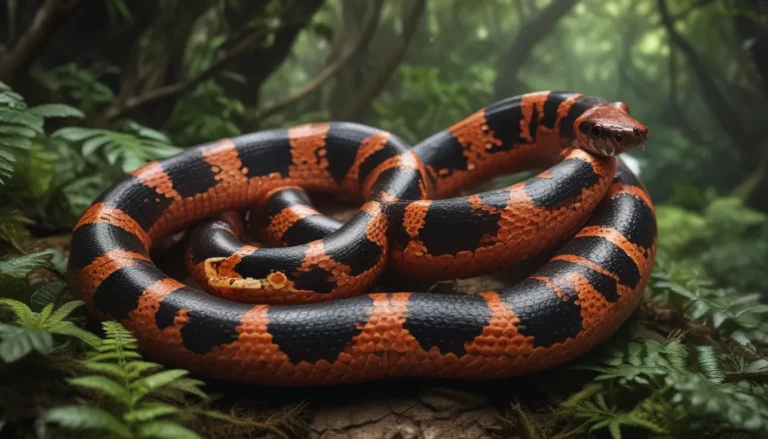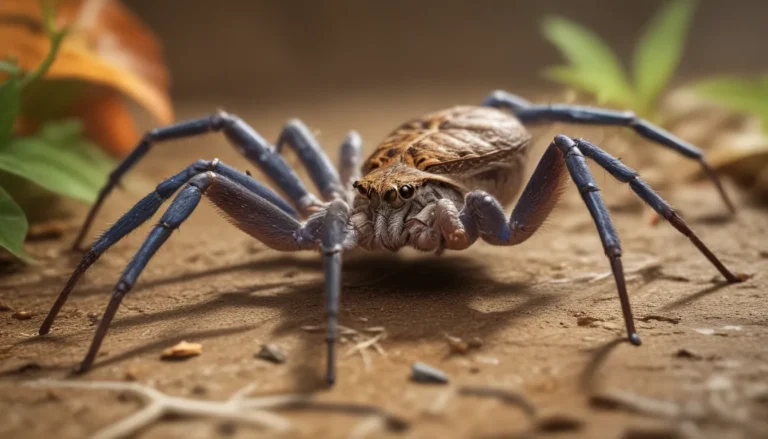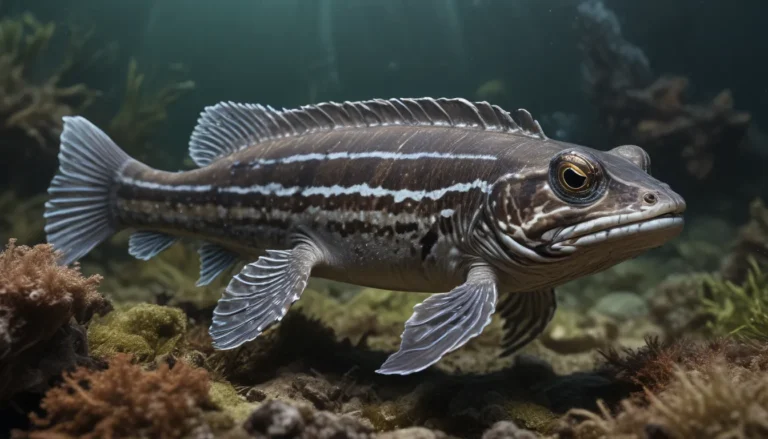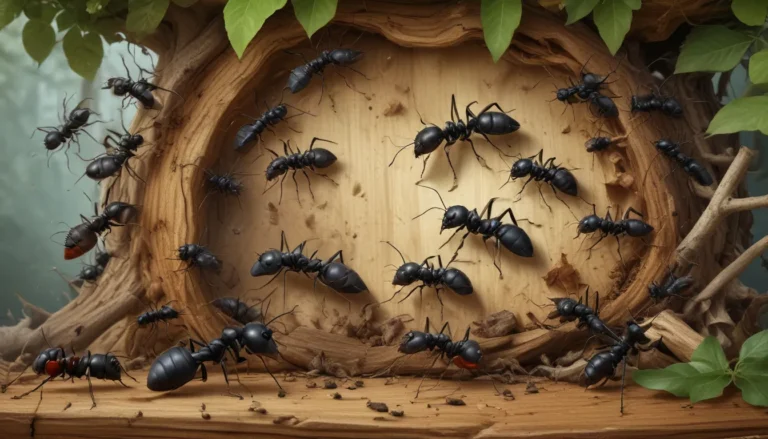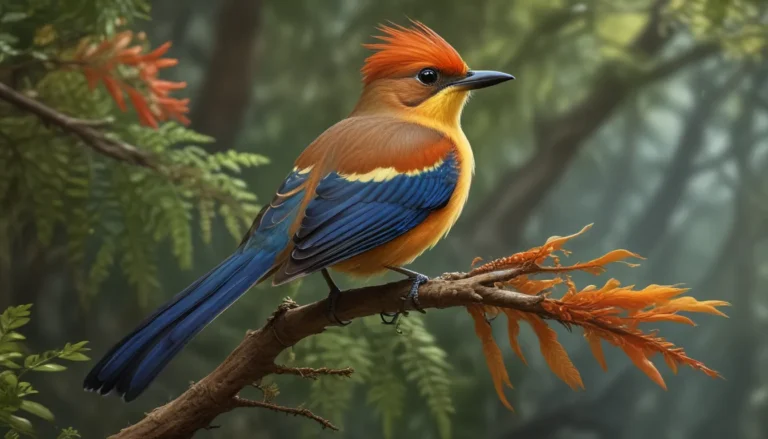The pictures we use in our articles might not show exactly what the words say. We choose these pictures to make you interested in reading more. The pictures work together with the words but don’t take their place. The words still tell you the important facts.
Welcome to a journey through the captivating realm of the Black Rhino, a majestic creature that enchants animal lovers and researchers with its distinctive features and behaviors. As one of the most endangered species on our planet, understanding and appreciating the Black Rhino is vital for its survival. In this article, we will unravel 20 intriguing facts about the Black Rhino, shedding light on its unique characteristics, habitat, and the challenges it faces in the wild. From their diet and communication skills to their resilience and critical role in the ecosystem, these facts will deepen your knowledge of this magnificent animal. Join us as we delve into the secrets of the Black Rhino and discover what makes it such a remarkable species.
Discovering the Black Rhino: An Endangered Marvel
- The Black Rhino is a fascinating, endangered species with a unique diet, prehensile lip, and impressive communication skills. Conservation efforts are crucial for their survival.
- Despite their endangered status, Black Rhinos are resilient, excellent swimmers, and have been around for millions of years. Protecting their habitat and combating poaching are essential for their survival.
Unveiling the Mysteries of the Black Rhino
The Black Rhino’s Unique Characteristics
The Black Rhino is a critically endangered species, with its population dwindling due to poaching and habitat loss. Despite its name, the Black Rhino is typically gray in color, with skin folds resembling armor. These herbivores have a diet of plants, leaves, shoots, and fruits, using their prehensile lip to grasp foliage. They have two subspecies, the Eastern Black Rhino and the Southern Black Rhino, found in different regions of Africa.
The Senses and Behavior of the Black Rhino
While their vision may be poor, Black Rhinos possess excellent hearing and smell, crucial for navigating their surroundings and detecting threats. They are solitary animals, territorial in nature, marking their turf with dung middens. Their prehensile upper lip allows for precise grasping of vegetation, and they have a gestation period of 15-16 months, giving birth to a single calf at a time.
Impressive Abilities and Adaptations
Black Rhinos can reach speeds of up to 35 mph, displaying agility despite their large size. Their horns, made of keratin like our hair and nails, are used for defense and dominance display. These excellent swimmers communicate through vocalizations like grunts and growls, conveying various messages to their counterparts.
Physical Characteristics and Lifespan
With relatively short horns compared to other rhino species, Black Rhinos have thick, wrinkled skin for protection. They can live for 35 to 50 years in the wild, reaching heights of 5.5 feet and weighing between 1,800 to 3,100 pounds, making them one of the largest land mammals globally. Selective browsers, they choose their food carefully, and despite challenges, Black Rhinos have been around for millions of years.
Focus on Conservation: A Call to Action
Conservation efforts are paramount to the survival of Black Rhinos, given their critically endangered status. Initiatives such as anti-poaching measures, habitat preservation, and community involvement are key to preserving this magnificent species from extinction. By understanding their habitat, behavior, and the threats they face, we can actively participate in the conservation of these incredible creatures.
Embracing the Black Rhino: A Reminder of Nature’s Wonders
In conclusion, the Black Rhino is a rare and precious species that warrants our attention and protection. With its unique traits, solitary lifestyle, and pivotal role in the ecosystem, the Black Rhino is a testament to the beauty and diversity of our natural world. By educating ourselves about this magnificent animal and supporting conservation efforts, we can ensure the Black Rhino's continued existence for generations to come.
FAQs: Answering Your Questions
Q: How many subspecies of black rhino are there?
A: There are five recognized subspecies of black rhino: South-central, South-western, East African, West African, and the critically endangered Northern white rhino.
Q: What is the main reason for the decline in black rhino populations?
A: The main reason for the decline in black rhino populations is poaching for their horns, highly valued in certain cultures for purported medicinal properties.
Q: How many black rhinos are left in the wild?
A: As of 2021, an estimated 5,000 black rhinos remain in the wild, indicating their critically endangered status.
Q: What is the diet of black rhinos?
A: Black rhinos are herbivores, predominantly feeding on a variety of plant species, including leaves, buds, shoots, fruits, and branches.
Q: Are black rhinos aggressive towards humans?
A: Black rhinos are generally solitary and shy, prefer avoiding confrontations. However, they may charge if threatened, aiming to defend themselves.
Join Us in the Conservation Journey
At the core of our mission is delivering authentic and engaging content that informs and inspires. Each fact shared undergoes a meticulous review process, ensuring accuracy and reliability. As we explore the captivating world of the Black Rhino and other remarkable species, we invite you to join our commitment to quality and authenticity. Together, let's embrace the wonders of nature and work towards safeguarding its treasures for future generations.

